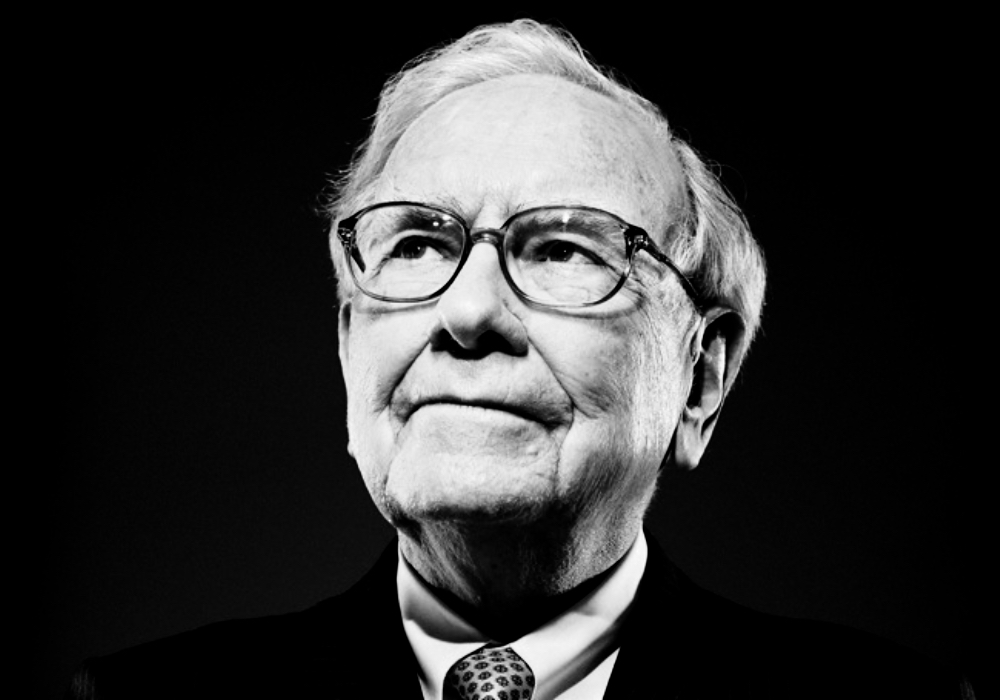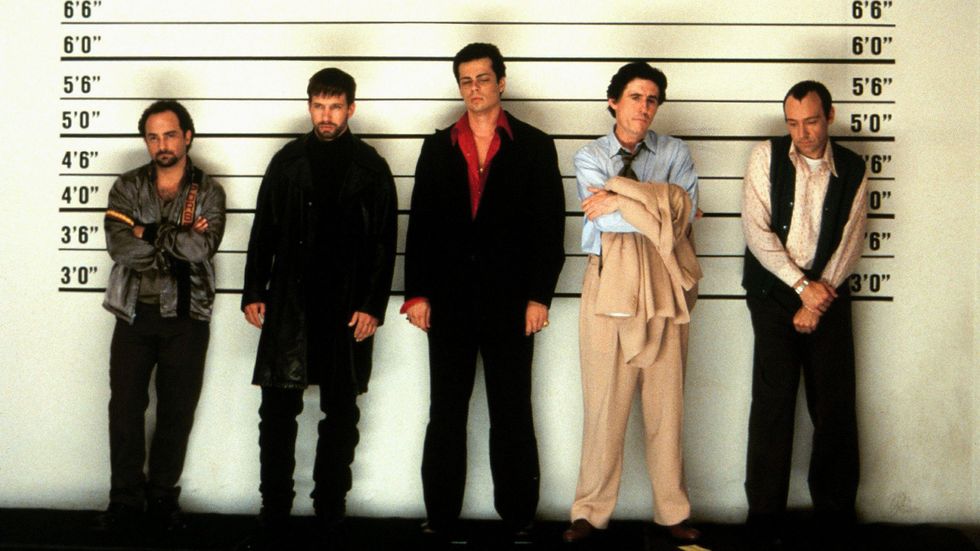by Ben Carlson, A Wealth of Common Sense
“When experts are wrong, it’s often because they’re experts on an earlier version of the world.” – Paul Graham
One of the most dangerous places to be as an investor is when you’re the smartest person in the room. Smarts, when not combined with a heavy dose of humility, can get you into trouble because it can lead to overconfidence. Overconfidence can lead to overthinking which can be a deadly combination when managing money.
The best example of this is the case of Long-Term Capital Management, the hedge fund that blew-up in the late-1990s run by a group of PhDs, Nobel Laureates and traders. Of the many glaring mistakes that were made by this fund — enormous amounts of leverage, an over-reliance on mathematical risk models, overconfidence, no margin of safety — maybe the most underrated risk is that they expected the future to play out just like the past.
They failed to allow for outlier events or even the possibility that the past doesn’t represent a perfect blueprint for the future. Roger Lowenstein explains in his great book on LTCM, When Genius Failed:
The beauty of cards is that the universe is known; there are fifty-two cards in a deck, and only fifty-two. Life insurance is a bit different: since new people are always being added to the universe, actuaries rely on samplings. They aren’t perfect, but they work, because the sample of people is very large and mortality rates change only very slowly. But in markets, we are never sure that the sample is complete. The universe of all trades looked one way throughout the 1920s and another way after the Great Depression. The pattern changed again during the inflationary 1970s, yet again in the effervescent 1990s. After which of these periods was the picture “normal,” and how do we know that the next period won’t change the story again?
Lowenstein is describing the evolutionary nature of the markets over time as they continue to change and adapt. This book was written in the 2000-2001 period so you could update this narrative by stating that the pattern changed yet again after the tech bubble and was then altered once more following the great financial crisis. This evolution will continue on and on into the future as new risks and scenarios are introduced to investors.
Having a solid grasp of financial history is important if you want to be a successful investor because booms and busts are as old as the markets. But investors take the wrong approach when they start with the assumption that the past is a perfect blueprint for the future.
The history of the various economic and market environments make for a better outline than roadmap for the future. Every cycle will have its own unique circumstances and challenges. The past offers an idea of the risks involved when investing in the markets but it doesn’t tell you where and when those risks will come from going forward.
Predicting the future is hard so every investor is forced to analyze the present while understanding the past. You have to make high probability decisions in the face of uncertainty, but those probabilities aren’t etched in stone.
I think this is part of the reason so many experienced investors have been so perplexed by the current market cycle. They’ve been trying to use a historical playbook for how they assumed the markets should react and their signals and patterns haven’t worked as well as they once did in markets that have evolved. Those who have been the most wrong seem to be the people or firms who are the most entrenched in their own views.
Intelligence becomes wisdom with the recognition that no matter how certain you are in your market views, no one really knows how things will play out. This is why it’s so important to fight to keep things simple. You have to be willing to accept the old adage that it’s better to be roughly right than precisely wrong.
Sources:
When Genius Failed: The Rise and Fall of Long-Term Capital Management
Further Reading:
No One Knows What Will Happen














